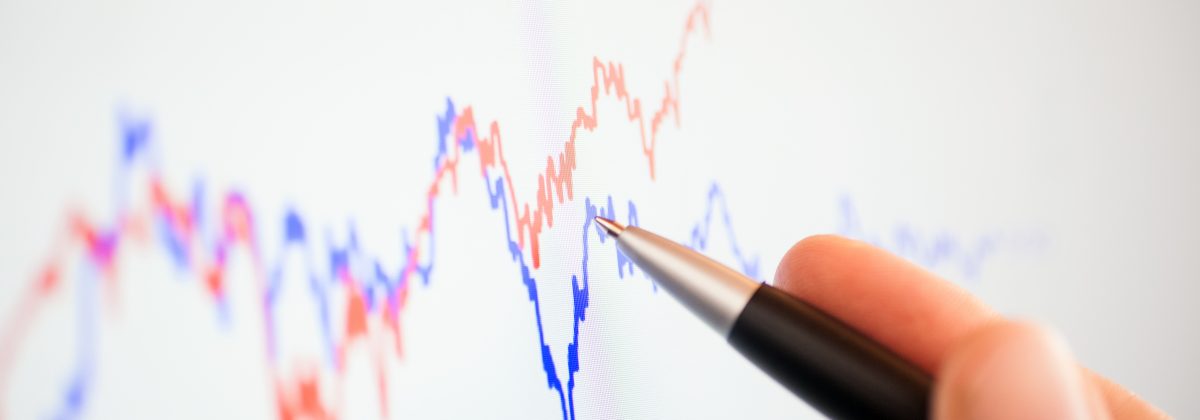DAX Range Breakout Strategy

The German 30 or DAX is one of the most heavily traded indices, largely because of its correlation with several currency pairs. Moreover, the German economy is one of the leading economies in the Eurozone. The DAX 30 comprises of stocks of 30 major German companies, trading on the Frankfurt Stock Exchange. Several strategies can be used to trade in the DAX, with the most prominent ones being the Breakout Strategies. So, what do breakouts mean and how can they be used to trade in DAX futures?
Understanding Range Breakouts
Breakouts are one of the most commonly used trading strategies that involve identifying a key price level that traders expect the price to break through and then buying or selling at that price in order to take advantage of the move. These breakouts are generally used when the market is already near the extreme high or low of the recent past. Such strategies are quite useful when the market is trending or moving strongly in one direction, by ensuring that the trader does not miss the move.
This strategy is generally used by traders to take positions within a trend’s early stages. Now, a range takes about 30-60 minutes to develop before one can hope for a breakout to occur. Ideally, the index or currency pair should trade within a range, which is smaller than the average daily range of the index or currency pair. The upper and lower boundaries of the range can be identified by the high and low in the first 30-60 minutes.
The best range breakout strategy is to use the early morning range, since this allows traders to exit their positions quickly, if the breakout does not continue and turns out to be fake. Traders using this strategy should not wait around in hopes of the breakout becoming legitimate, despite it having fallen back into the range. This is important to minimise risk.
Breakout Strategy to Trade DAX
The DAX carries similar weight as the Dow Jones in the US. Now, DAX futures are the derivates market tracking the main DAX30 index and can be traded in the form of standard futures contracts or mini-sized DAX futures with a multiplier of €5. DAX futures are priced in terms of euro, which is then converted to the US dollar and open at 07:00 GMT.
A DAX breakout strategy can be the starting point for major price moves, expansions in volatility and, if managed properly, can offer limited downside risk. A trader using this strategy will:
- Identify the range and the support and resistance levels in the first few minutes of the opening of trading
- Wait for a breakout to happen
- Enter a long position if the index breaks above the resistance level or enter into a short position if it breaks below the support level
- Set a price target on the basis of recent price trends
- Exit quickly if the breakout reverses.
Traders using a range breakout strategy also need to know that volumes play a key role in ensuring that they are moving in the right direction. In case a breakout occurs with low volume, it stands little chance of continuing. Again, there should be a directional bias within the identified range for a strong breakout to occur. Another thing to note is to restrict trading breakouts when we can see that there was extreme directional movement the previous day. This allows filtering of the quality of trades.
So, breakouts are important because they are the starting point for major price trends. But, before traders decide to use a DAX range breakout strategy, they need to know the difference between a breakout and a fakeout. A fakeout means prices will break the range for some time but return in the original direction. It is, therefore, prudent to wait for the confirmation of a breakout.
Disclaimer
If you liked this educational article please consult our Risk Disclosure Notice before starting to trade. Trading leveraged products involves a high level of risk. You may lose more than your invested capital.




